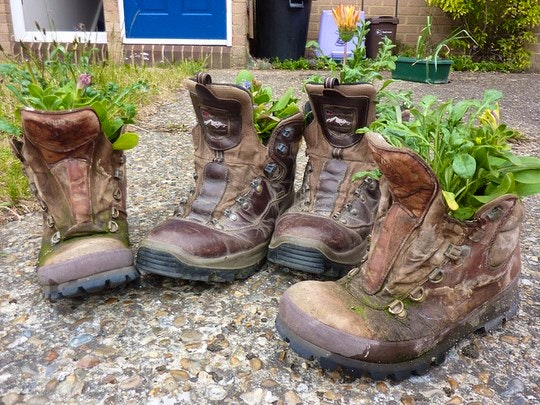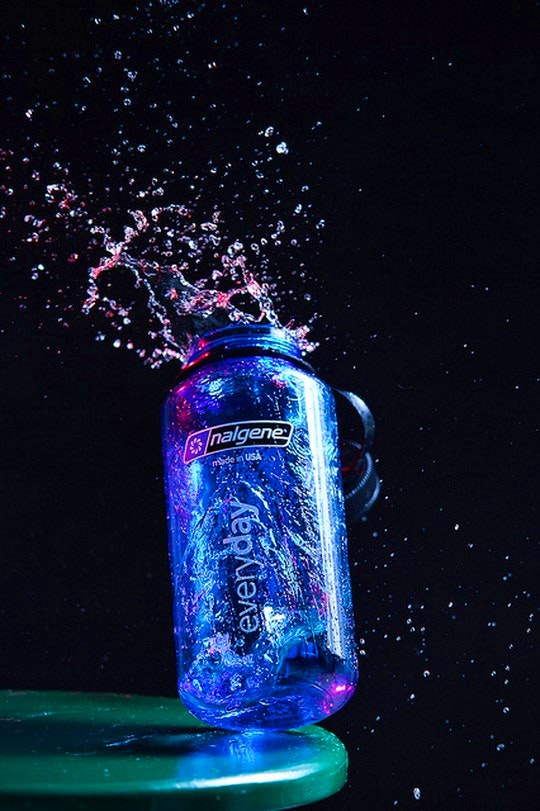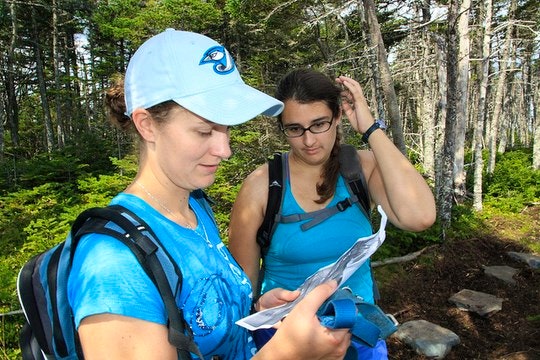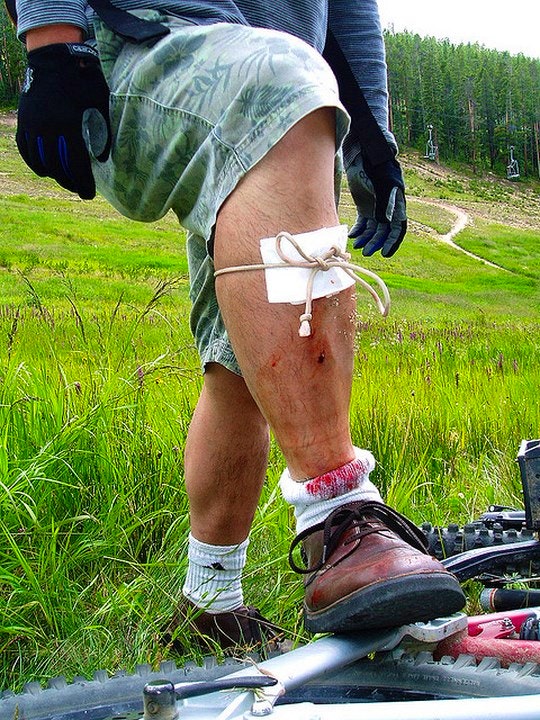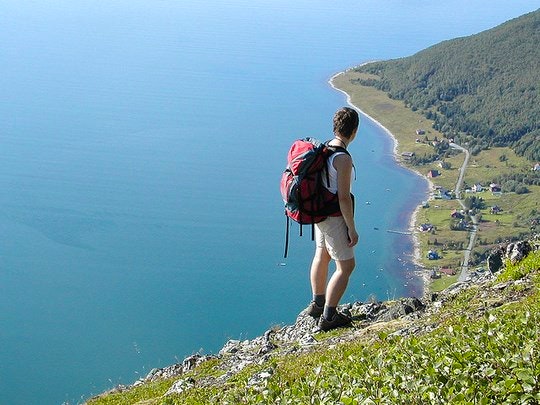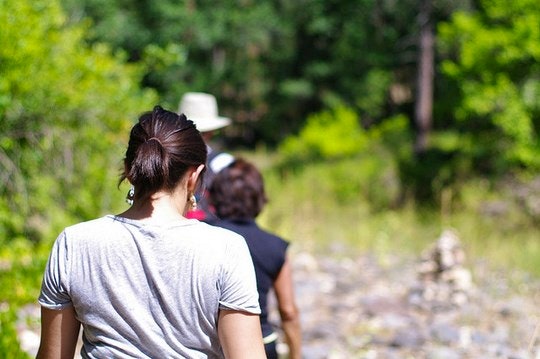If you’re keen to hit the fantastic hiking trails in South Africa, ensure you’ve packed the right essentials so you don’t suddenly realise, 1 ½ hours in, that you left your waterproof jacket at home and the clouds are rolling in! This list may not work for all your needs, so tailor it depending on the season, or any special or dietary requirements you have.
- Water
It really should go without saying that water is crucial if you’re spending several hours outdoors (and no, sodas do not count). A store bought water bottle works, but reusable ones, such as Nalgene bottles and those with pre-fitted filters, are far better investments. Camelbak bladders are also worth considering. For those who aren’t fans of water, mix some rehydration sachets into your water to add some flavour and give you an electrolyte boost.
- Trail mix
It’s awful to have your tummy rumbling in the middle of nowhere, especially if your group isn’t ready to break for a picnic. Some energy bars, dried fruit and nuts, or even some biltong and droewors will help tide you over in the meantime. Another great item to consider adding to your trail mix is a hard candy, as you can suck on it if your mouth is dry, and it will help curb a sweet tooth.
- Sunscreen and a hat
The South African sun is a harsh mistress to all skin types, and you’ll blister and burn quickly if you don’t have a hat and sunscreen with you. Reapply sunscreen every two hours as you’ll sweat off your original layer
- Extra Socks
This may seem like a strange addition to the list, but if you’re hiking and have to cross streams, mud, or other soggy terrain during the course of your hike, you’ll quickly get blisters if your shoes aren’t waterproof and your socks are soggy. Keeping a fresh set of socks on you can mean the difference between a mild inconvenience and a painful week waiting for your blister to heal.
- First Aid Kit
A first-aid kit isn’t only for accidents; and can be useful for sudden bug bites, scratches from plants, and blisters. Apart from plasters, antiseptics, mouth guard (for CPR), and medication, include a small container of petroleum jelly. This often overlooked item is perfect for chapped lips, and it also works as a protective layer for wounds and helps reduce chaffing.
- A Durable Backpack
A durable, well-made backpack that is comfortable to carry will do wonders for your next hike. Canvas ones are built to last, however modern equivalents are generally lightweight and waterproof which is great if a light drizzle or mist sets in. Look for ones with several pockets, so you can store the ‘need to access easily’ items such as water, trail mix, and sunscreen, without having to stop every 10 minutes to dig through your pack.
- Light waterproof jacket
A lightweight waterproof jacket is considered by many to be the best hiking accessory (Swiss Army knife notwithstanding). It is useful if the breeze picks up, you hit an unexpected chilly fog, or it starts to drizzle. It can double as a blanket to sit on when you eat, become a makeshift shelter if it rains, and it can also protect you from insect bites and sunburn.
Additional Thoughts and Items:
- Always hike in groups – as hiking alone is never advised.
- A map and compass – useful when you don’t know the trails or area.
- Water filtration straw – perfect if you get lost and your water’s run out. Please remember to only drink water from flowing streams, as stagnant ponds lead to all kinds of tummy trouble.
- Bug spray – because biting creatures in the bush aren’t only limited to fleas. Ticks thrive in the wild, ready to pounce on unsuspecting hikers and their pets.
Now tell me, what are your hiking essentials?
Main image courtesy of Andrew Bowden (Flickr)
Keep an eye out for these 5 venomous snakes you may come across while hiking in the Cape. Other hikes you may want to try include Lions Head, Kalk Bay Caves, and the new Chokka Trail.

